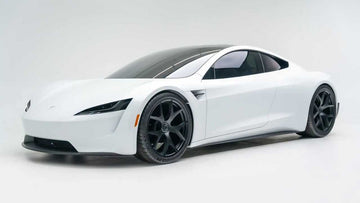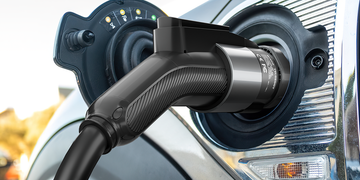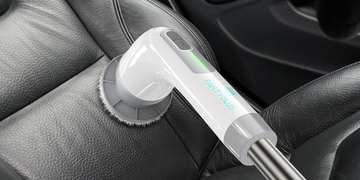What is the difference between Tesla charger adapter 220v and 240v? As electric vehicles gain prominence in the automotive landscape, understanding the nuances of charging infrastructure becomes paramount for owners. Tesla, a trailblazer in the electric vehicle industry, offers a range of charging solutions tailored to different power specifications. One common question that arises is the difference between Tesla charger adapters for 220V and 240V power sources. In this article, we delve into the distinctions between these two adapters, shedding light on their functionalities and compatibility.
Understanding Power Specifications:
Before delving into the differences, it's crucial to grasp the basics of power specifications. In many regions, electrical systems provide power at either 220 volts or 240 volts. Tesla, being a global brand, manufactures charging adapters to accommodate both power standards, ensuring compatibility with various electrical infrastructures worldwide.
Tesla Charger Adapter for 220V:
Voltage Compatibility:
The Tesla charger adapter for 220V is designed to work seamlessly with electrical systems providing power at 220 volts. This is a common standard in some regions and is often associated with household outlets.
Charging Speed:
While charging speed can be influenced by various factors, the 220V adapter typically provides a moderate charging rate suitable for overnight charging at home. It is ideal for topping up your Tesla's battery while parked overnight.
Home Charging Stations:
Tesla owners commonly use the 220V adapter for home charging stations, especially when dedicated Tesla Wall Connectors are not available. It offers a practical solution for residential charging needs.
Tesla Charger Adapter for 240V:
Voltage Compatibility:
The Tesla charger adapter for 240V is engineered to accommodate electrical systems providing power at 240 volts. This standard is prevalent in many regions and is commonly associated with public charging stations and specialized home charging setups.
Enhanced Charging Speed:
The 240V adapter facilitates a faster charging rate compared to the 220V version. This makes it well-suited for situations where a quicker charge is desired, such as during road trips or at commercial charging stations.
Public Charging Stations:
Tesla owners often utilize the 240V adapter when accessing public charging networks that provide higher voltage levels. This compatibility ensures Tesla drivers can take advantage of a broader array of charging options.
TELGEOOT J1772 to Tesla Charging Adapter for Tesla Model 3 Y S X 80A/240 VAC, Charger Adapter [Safety Certified], SAE J1772 EV Adapter for Tesla Cars ONLY

J1772 to Tesla Charger Adapter
Seamless Compatibility: our tesla J1772 adapter is meticulously engineered to seamlessly connect your Tesla to the thousands of J1772 charging stations. Say goodbye to charging constraints and hello to a broader charging network.
The Maximum Output Current Is 80 Amperes
Access More Charging Stations: The adapter allows Tesla owner only to use level 1 or level 2 J1772 charging station when out, It is simply must have in every tesla. The Telgoot charger adapter features a compact, lightweight design, and is extremely easy to carry, ensuring that you can maintain sufficient power anywhere on your journey.
What is the difference between Tesla charger adapter 220v and 240v? In summary, the primary distinction between Tesla charger adapters for 220V and 240V lies in their voltage compatibility and charging speed. The 220V adapter caters to residential charging needs with a moderate charging rate, while the 240V adapter is geared towards faster charging, making it suitable for public charging stations and situations requiring a quicker turnaround. Understanding these differences empowers Tesla owners to make informed decisions based on their charging requirements, whether at home or on the road.





